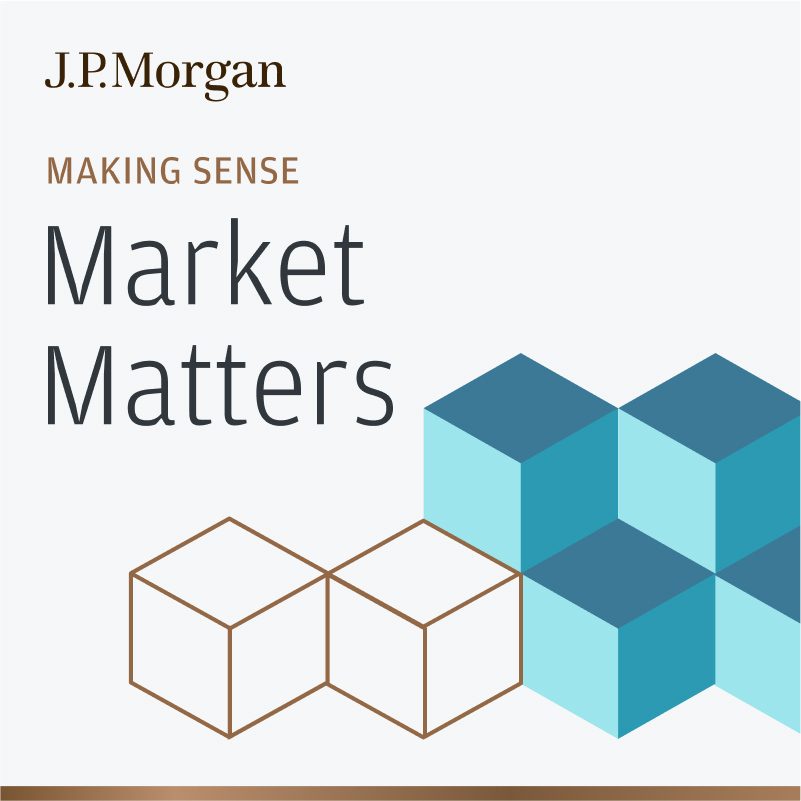
Institutional investors are adopting increasingly complex investment strategies that require more data and advanced analytics. This has driven investors toward AI-readiness for data management, which can accelerate their ability to obtain actionable intelligence. The rise of ESG strategies and the structural convergence of public and private assets are additional factors that are complicating data workflows.
The top data challenges
Data access, consumption and integration are major challenges facing asset managers, asset owners and corporates. Only a quarter of financial organizations can source and manage all their data inputs effectively, according to a report from Worldwide Business Research (WBR) Insights and Rimes.
For example, data discovery and distribution often present obstacles for organizations, due to information sources often being siloed. Plus, each investment process relies on data feeds from various vendors and formatting can be inconsistent; this requires data teams to spend a significant amount of time on standardization.
Manually addressing these complexities and reconciling data does not fit smoothly into existing workflows. Firms use multiple data providers, with many data feeds and vendor connectivity nuances. There’s a dependency on methods of data transfer, like FTP, that are disconnected from the processes and this further complicates error handling, often leading to limiting data strategy scale.
Against the backdrop of these challenges, there is an increasing need to make data available for data science and machine learning – and the data must be in a state that’s ready for use, while ensuring there are suitable controls around access and how it’s used.
Jammed data, stored in a variety of sources
Financial institutions use many data sources and vendors, but data is typically structured differently across sources and is often incomplete, with differing formats and identifiers. Entire teams are required to clean data manually. This process can be time-consuming and expensive, thus limiting data accessibility. Institutional investors who are facing pressure to get their data management AI-ready are confronted with another challenge: the data itself isn’t ready, lacking a common semantic layer to model and normalize it across multiple providers, sources, types and structures.
As data demands continue to grow, different teams have varying data needs. In addition, financial institutions underutilize the data they currently have, leading to wasted money and resources. Data from many sources must be extracted manually. Financial institutions end up polling servers for updates instead of using event-driven notifications and API. These queries are wasteful, unnecessarily consuming bandwidth and leading to processing delays. Plus, the disparate data isn’t unified.
Accessing usable data efficiently is a widespread issue for institutional investors given the need for manual extraction and pervasive errors. Firms are increasingly investing in more sophisticated data management strategies, with 60% of investment management firms polled telling Broadridge they plan to increase spending on digital and data analytics in the next two years.
A better way to manage data
Given the pressing challenges financial institutions face in accessing and managing their data at scale data for both public and private assets, investing in cloud-native capabilities can serve as a ready solution for consuming and integrating data.
Data Mesh, part of the Fusion solution, enables investors to access data across sources through modern distribution channels including API, Jupyter Notebook and cloud-native channels such as Snowflake and Databricks. Through Data Mesh, investors can simplify their consumption models and accelerate their analytic outcomes and subsequent strategic decisions.
As a leading asset servicing provider, J.P. Morgan uses its expertise and deep understanding of complex client challenges to offer a better way to manage data. Fusion by J.P. Morgan, a data technology solution for institutional investors, provides end-to-end data management, analytics and reporting across the investment lifecycle. The platform seamlessly integrates and combines data from multiple sources into a single data model that delivers the benefits of scale and reduced costs, along with the ability to more easily unlock timely analysis and insights.
Addressing key challenges and solving data access issues across a firm’s data landscape requires the right technology and expertise. This is where Fusion Data Mesh can help firms take advantage of the cloud’s elasticity and tap into the growth and rapid development in analytics.
Podcast: Evolution of data management and where to next

This episode covers the data landscape’s evolution, how the industry is addressing common pain points and how AI is likely to drive further change in this space. Eloise Goulder, Head of the Global Data Assets & Alpha Group, hosts the conversation with Gerard Francis, Head of Product for Data and AI, and Head of Fusion by J.P. Morgan, and Ashley Peterson from Fusion Sales.
Market Matters
-

Securities Services
How technology transforms sustainable investment data complexity into an advantage
March 29, 2024
The sustainable investment ESG data landscape can be fragmented, posing challenges for investors. Learn how technology can transform data into an advantage.
-

Securities Services
Securities Services
Explore thought leadership and best practices on topics impacting businesses today.
-

Securities Services
J.P. Morgan Data and Analytics
Access comprehensive market and pricing datasets, analytics and reporting tools, and data management solutions.
FOR INSTITUTIONAL & PROFESSIONAL CLIENTS ONLY—NOT INTENDED FOR RETAIL CUSTOMER USE
This is not a product of J.P. Morgan Research.
J.P. Morgan is a marketing name for the Securities Services businesses of JPMorgan Chase Bank, N.A. and its affiliates worldwide.
JPMorgan Chase Bank, N.A. is regulated by the Office of the Comptroller of the Currency in the U.S.A., by the Prudential
Regulation Authority in the U.K. and subject to regulation by the Financial Conduct Authority and to limited regulation by the Prudential Regulation Authority, as well as the regulations of the countries in which it or its affiliates undertake regulated activities. Details about the extent of our regulation by the Prudential Regulation Authority, or other applicable regulators are available from us on request.
J.P. Morgan and its affiliates do not provide tax, legal or accounting advice. This material has been prepared for informational purposes only and is not intended to provide, and should not be relied on for, tax, Legal, regulatory or accounting advice. You should consult your own tax, Legal, regulatory and accounting advisors before engaging in any transaction.
This document is not intended as a recommendation or an offer or solicitation for the purchase or sale of any security or financial instrument. Rather, this document has been prepared exclusively for the internal use of the J.P. Morgan’s clients and prospective client to whom it is addressed (including the clients’ affiliates, the “Company”) in order to assist the Company in evaluating, on a preliminary basis, certain products or services that may be provided by J.P. Morgan.
This document is provided for informational purposes only and is incomplete without reference to, and should be viewed solely in conjunction with, the oral briefing provided by J.P. Morgan. Any opinions expressed herein may differ from the opinions expressed by other areas of J.P. Morgan.
This document may not be disclosed, published, disseminated or used for any other purpose without the prior written consent of J.P. Morgan. The statements in this material are confidential and proprietary to J.P. Morgan and are not intended to be legally binding. All data and other information (including that which may be derived from third party sources believed to be reliable) contained in this material are not warranted as to completeness or accuracy and are subject to change without notice.
J.P. Morgan disclaims any responsibility or liability to the fullest extent permitted by applicable law, whether in contract, tort (including, without limitation, negligence), equity or otherwise, for any loss or damage arising from any reliance on or the use of this material in any way. The information contained herein is as of the date and time referenced only, and J.P. Morgan does not undertake any obligation to update such information.
J.P. Morgan is the global brand name for JPMorgan Chase & Co. and its subsidiaries and affiliates worldwide. All product names, company names and logos mentioned herein are trademarks or registered trademarks of their respective owners. Access to financial products and execution services is offered through J.P. Morgan Securities LLC (“JPMS LLC”) and J.P. Morgan Securities plc (“JPMS plc”). Clearing, prime brokerage and brokerage custody services are provided by JPMS LLC in the U.S. and JPMS plc in the U.K. Bank custody services are provided by JPMorgan Chase Bank, N.A. JPMS LLC is a registered U.S. broker dealer affiliate of JPMorgan Chase & Co., and is a member of FINRA, NYSE and SIPC. JPMS plc is authorized by the PRA and regulated by the FCA and the PRA in the U.K. JPMS plc is exempt from the licensing provisions of the Financial and Intermediary Services Act, 2002 (South Africa). J.P. Morgan Securities (Asia Pacific) Limited is regulated by the HKMA. J.P. Morgan Europe Limited, Amsterdam Branch does not offer services or products to clients who are pension plans governed by the U.S. Employee Retirement Income Security Act of 1974 (ERISA). For additional regulatory disclosures regarding these entities, please consult: www.jpmorgan.com/
disclosures.
The products and services described in this document are offered by JPMorgan Chase Bank, N.A. or its affiliates subject to applicable laws and regulations and service terms. Not all products and services are available in all locations. Eligibility for particular products and services will be determined by JPMorgan Chase Bank, N.A. and/or its affiliates.
© 2024 JPMorgan Chase & Co. All rights reserved. JPMorgan Chase Bank, N.A. Member FDIC.
